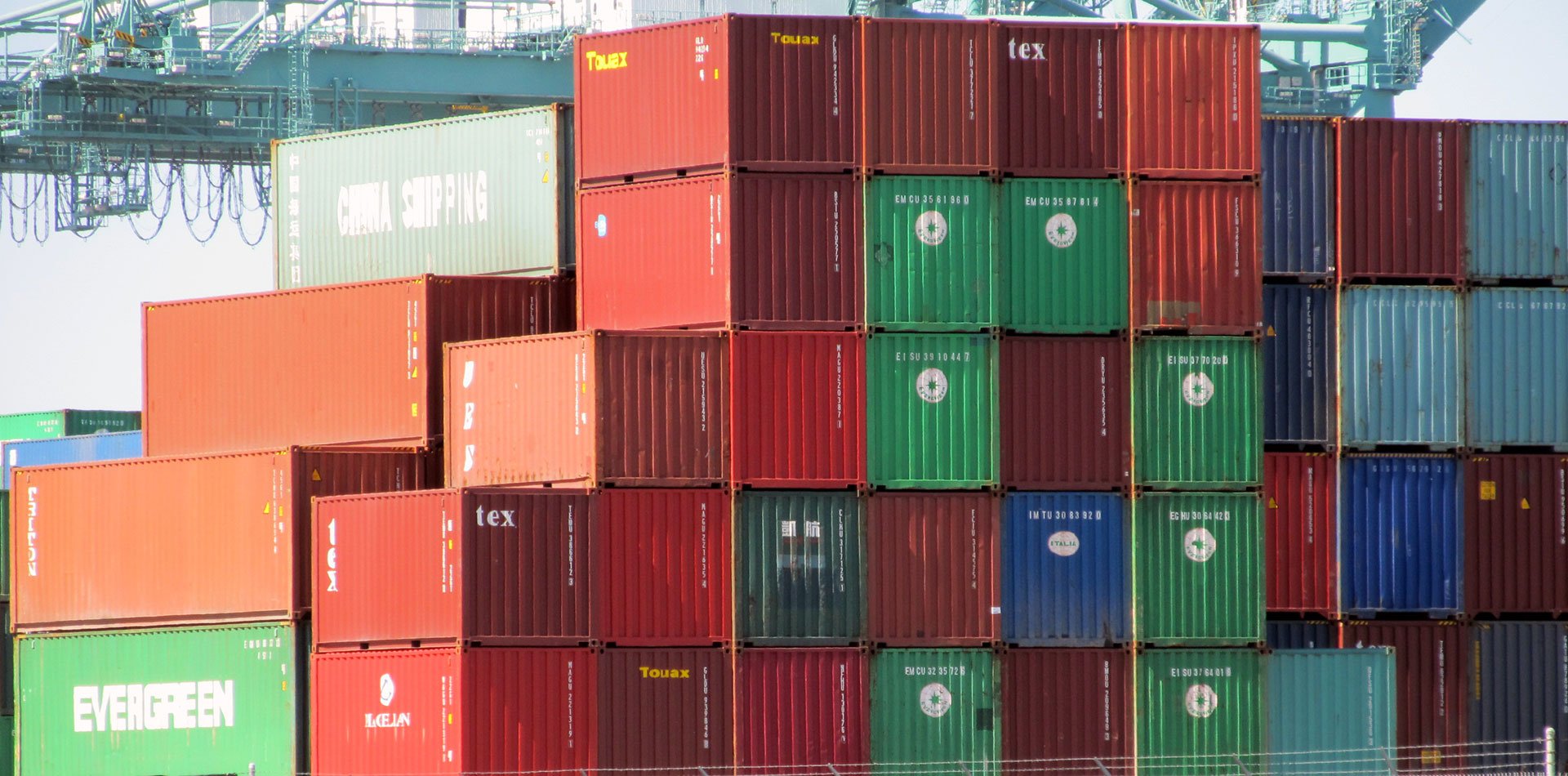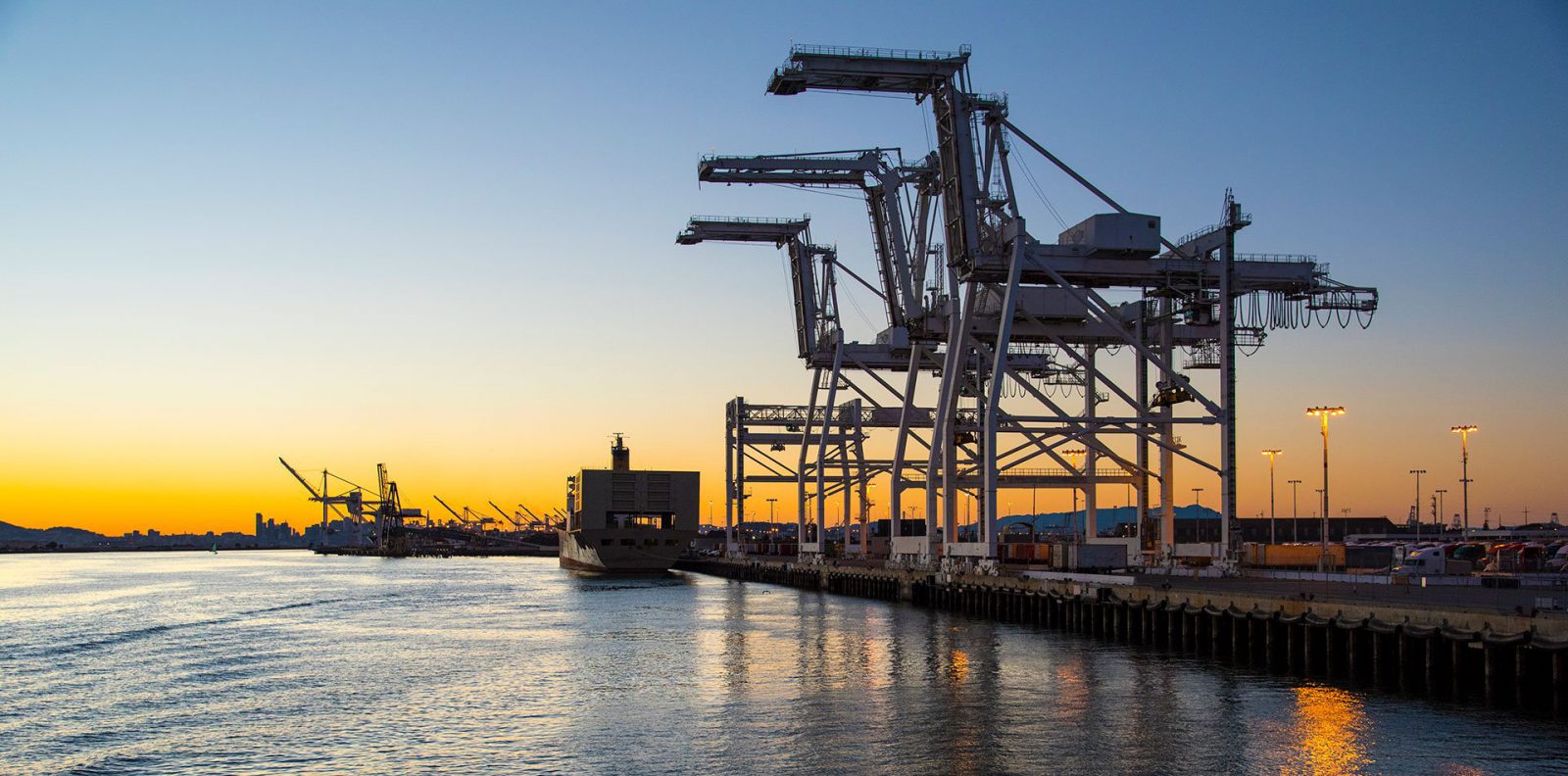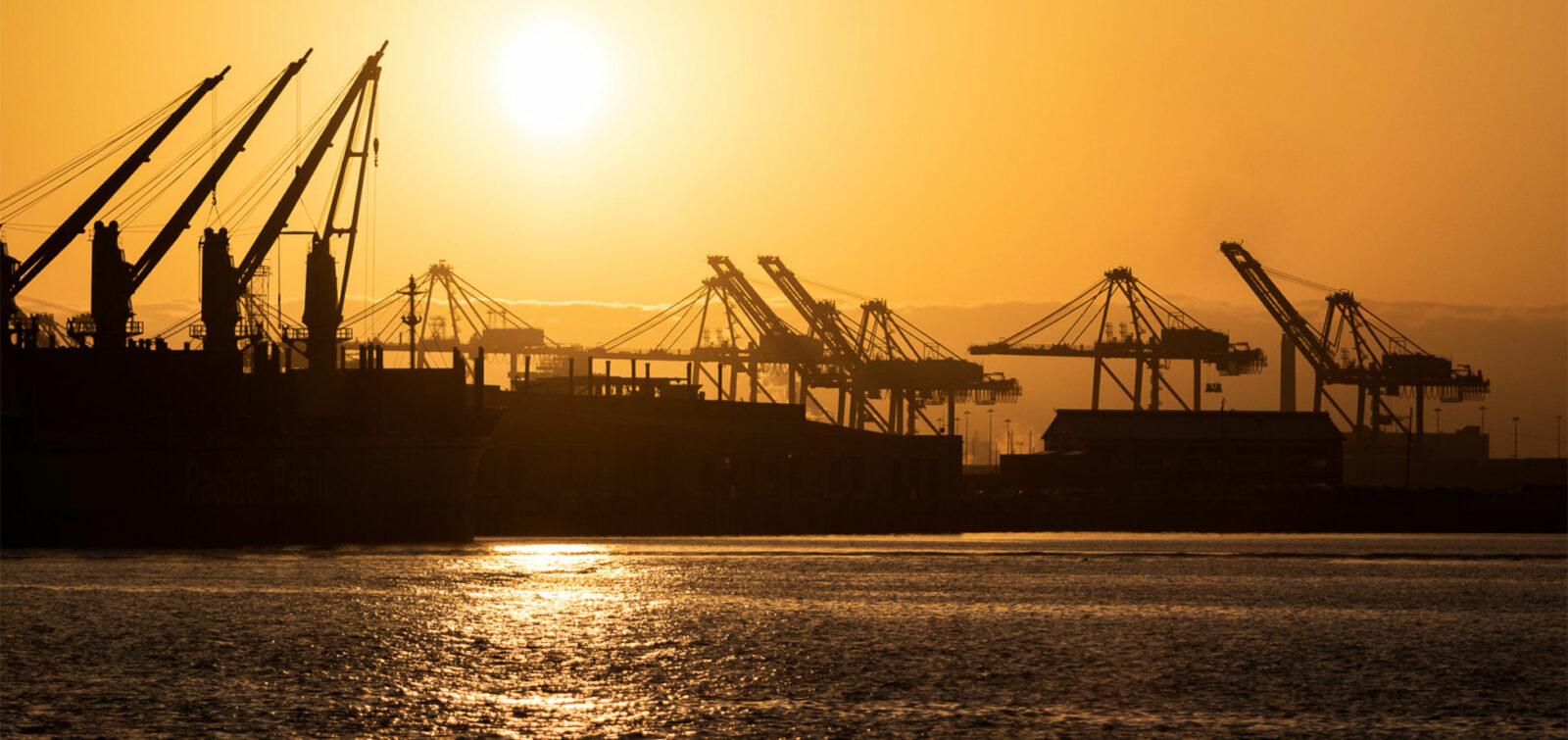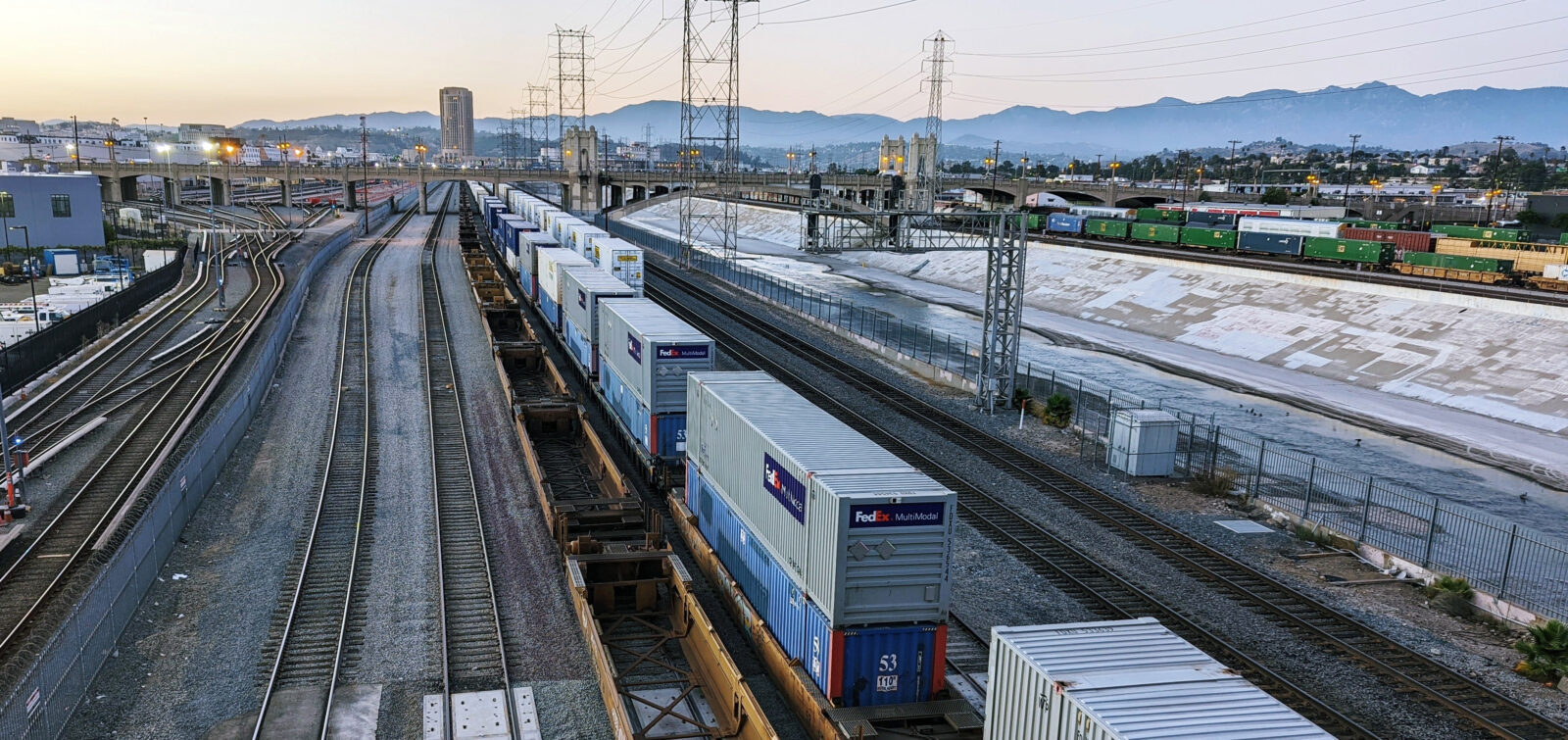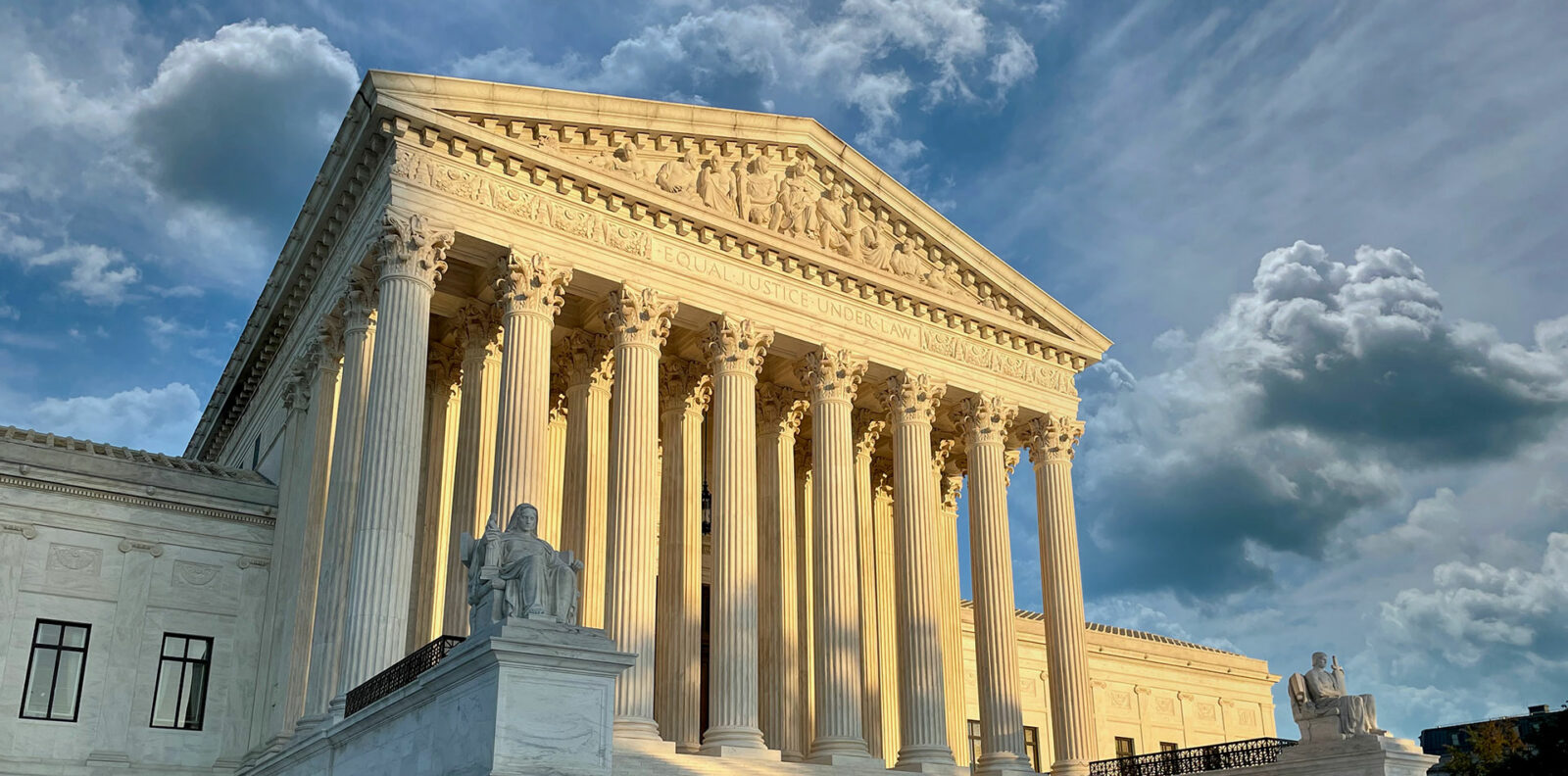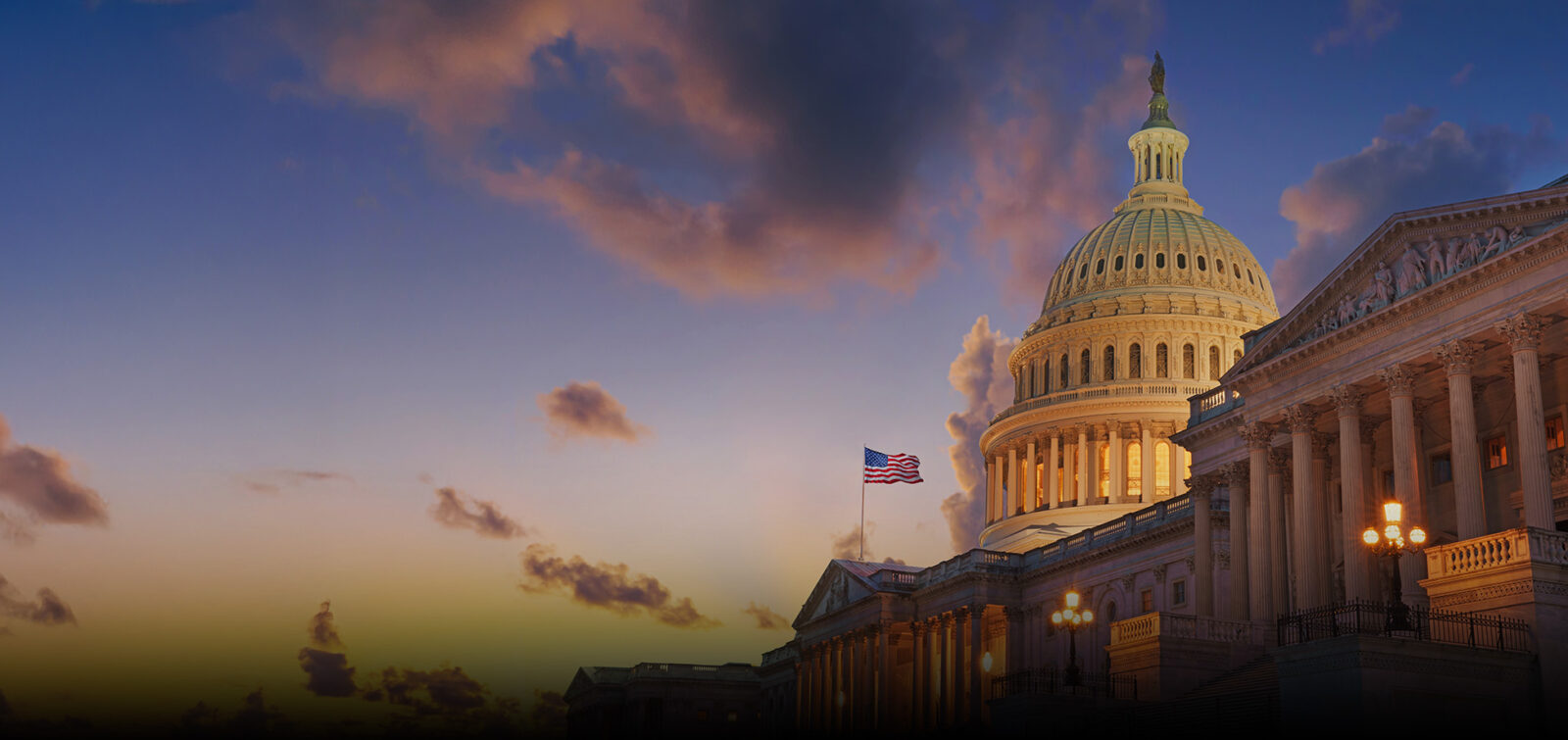An interview with Christopher Cannon, Director of Environmental Management at the Port of Los Angeles, on the importance of clean air and how industry technology will get us to net-zero.
The Ports of Los Angeles and Long Beach released a draft Clean Air Action Plan (CAAP) Update in July, which details short- and long-term strategies to reduce air pollutants and harmful toxins for all port-related activities. The ambitious and forward-thinking CAAP outlines how the ports would switch to zero-emissions cargo-handling equipment by 2030, and zero-emissions trucks by 2035, among other goals.
The Port of Los Angeles recognizes its role as a significant source of emissions as well as a large source of commerce. With 40 percent of all imported goods coming through the San Pedro Bay, the Los Angeles and Long Beach ports support the largest volume of container cargo in the Western Hemisphere.
How does the Port of Los Angeles see the CAAP goals becoming a reality when zero-emissions technology carries a large price tag? ESA’s air quality and toxin cleanup specialists—Deanna Hansen and Heidi Rous—had an opportunity to find out during an exclusive interview with Chris Cannon, the Port of Los Angles director of environmental management.
ESA: What does the 2017 Clean Air Action Plan Update mean to you personally?
Christopher Cannon: It means we have a lot more work to do. We’ve had a lot of success over the last 11 years with the Clean Air Action Plan. It has produced dramatic reductions in emissions. We’ve also contributed to the development of new emissions control technologies and we’ve worked closely with agencies, the community, and industry in a partnership to have a lot of success. But we realize that we can’t rest on our laurels and that we have to continue to keep pushing to reduce emissions. We’re still the largest collection of related sources of emissions in South Coast Air Basin. We need to keep pushing.
The new focus for the Clean Air Action Plan this time is NOx reduction, climate change, and greenhouse gas reductions. I think that climate change is probably the single most important environmental crisis facing the world today. It’s no joke. It’s something that we have to be very serious about. Most of us in our own lifetimes can see the change in weather. So when you see it changing, we have to do our part. It’s not just buying a hybrid or electric personal vehicle; it’s changing the way we think about how we live and work each day, with an eye toward reducing our carbon footprint.
ESA: It sounds like you get some personal satisfaction from your work on this issue. Like you said, it’s more than driving a hybrid or electric personal vehicle, which is a nice way for people to do their part, but your work at the Port plays an even a larger role in making a difference.
CC: I hope so. What we do here has an impact on the region, and we certainly take our role as leaders in the port industry seriously as far as emissions reduction and environmental stewardship. So we believe that what we do is important, and I’m honored to be a part of it. I think it is a very, very important thing that we have to do going forward.
And I should point out that it’s not just pushing to reduce emissions without thinking about the other side of the equation. We are one of the biggest job producers in Southern California. One in nine jobs in the region comes from this San Pedro Bay Port Complex. And we have an extraordinary impact on the economy, and people’s livelihoods. Over 40 percent of cargo imported in the United States comes through the San Pedro Bay ports. So we have to reduce our impact on the environment, but we have to do it in a way that allows us to continue to grow and thrive, because there are a lot of jobs and a lot of livelihoods that rely on us.
ESA: What surprised you about getting the first Clean Air Action Plan developed?
CC: I think the biggest surprise was that it all happened so quickly. I think we all believed it would work and that people would do it. But industry really embraced it and they were able to incorporate it into their business plans. They marketed the fact that they were part of a “green” supply chain. Industry recognized that this is important, and spent billions of dollars to upgrade equipment and reduce environmental impacts. They participated in testing of new equipment with open arms. So, through their work and their cooperation and partnership with us, we reduced a lot of emissions. We developed new technologies that now, through their help with testing, are in the world and in the marketplace.
ESA: By working with the industrial manufacturers, you open up a world of possibilities. There is so much potential for the future. What’s the next step?
CC: We have to reduce our reliance on combustion-based engine technologies, but I think the movement toward zero emissions is going to go in steps. It’ll be near-zero emissions and hybrid technologies to start and then eventually full zero tailpipe emissions. It’s kind of cool to watch, to participate and be a part of that. It’s a challenge to figure out how to do it and still be productive economically.
I’ll give you an example. If you were going to catch a cab from this building and go somewhere, what kind of vehicle would pick you up?
ESA: It would be a hybrid.
CC: Right. And the reason is that now, all of a sudden, the economics work. The environmental part works and the economics work. And it all came together and now: boom—the majority of taxis are now hybrids.
At some point there will be a coming together of the business case and the environmental case. And when those two come together it’ll take off. And it’s fun to watch it, to see it, because it has to happen. We have to reduce our environmental impact. We have to reduce our carbon footprint. We have no choice. People are going to demand it of the world we live in.
ESA: According to a recent article in the Los Angeles Business Journal, the Port had a record-breaking July and you’re up since the pre-recession numbers.
CC: We have been really very fortunate over the last couple of years. Our cargo volumes have grown. We had the largest 12-month cargo volume from last July through this past June of any port ever in the Western Hemisphere—9.2 million 20-foot-equivilent units (TEUs). And we’ve been doing all this and reducing emissions at the same time, which is a tough task.
We’ve had a lot of success. A lot of it can be attributed to our executive director. Gene Seroka is a real expert and veteran in the shipping industry, and he has brought great leadership to the Port of Los Angeles as far as business development. I’m happy to say from my perspective that in addition to being very focused on increasing our cargo volumes here, Gene’s also very, very interested in maintaining our environmental focus and our environmental stewardship. And so he has been very supportive of our work here, and I’m very thankful for that. He’s been a great, great executive director. He’s been here for three years now, and he’s been doing an outstanding job. And I think those cargo numbers that you see are the result of his hard work, and others who are part of the team.
ESA: You’ve got the CAAP. You’ve got big targets out there. What excites you about going forward, or what worries you a bit about being such a large source for both commerce and emissions?
CC: The worry is that we’ll have less grant money. A lot of the programs that we’ve done, certainly the ones involving testing of new equipment and development of new technologies, occur with the help of grant money. So, to the extent that federal grant money dries up or is less available, that’s a worry. Nonetheless, we’re going to do what we do. It’s not going to change. We work closely with industry partners, the local community, and the environmental agencies and our goals are not going to change. We have to do what we do in a way that’s sustainable and that is able to work for not just the environment and our community and agency partners, but also our industry partners.
We take our responsibility as environmental stewards very seriously, and we’re not going to change. We’re not going to be deterred by any ebbs and flows in political winds in Washington, DC.
Climate change is something we can’t ignore. We have to be able to focus on climate change in a responsible way and in a way that doesn’t hurt our business and hurt jobs. We’ve been very successful in reducing criteria pollutants and health risk here. And we have to continue to do that. We can’t stop moving to do those things.
An increased focus on climate change and greenhouse gas is critical, and that’s something that you’ll see us pay a lot of attention to over the next few years. I can’t say enough how important that is.
